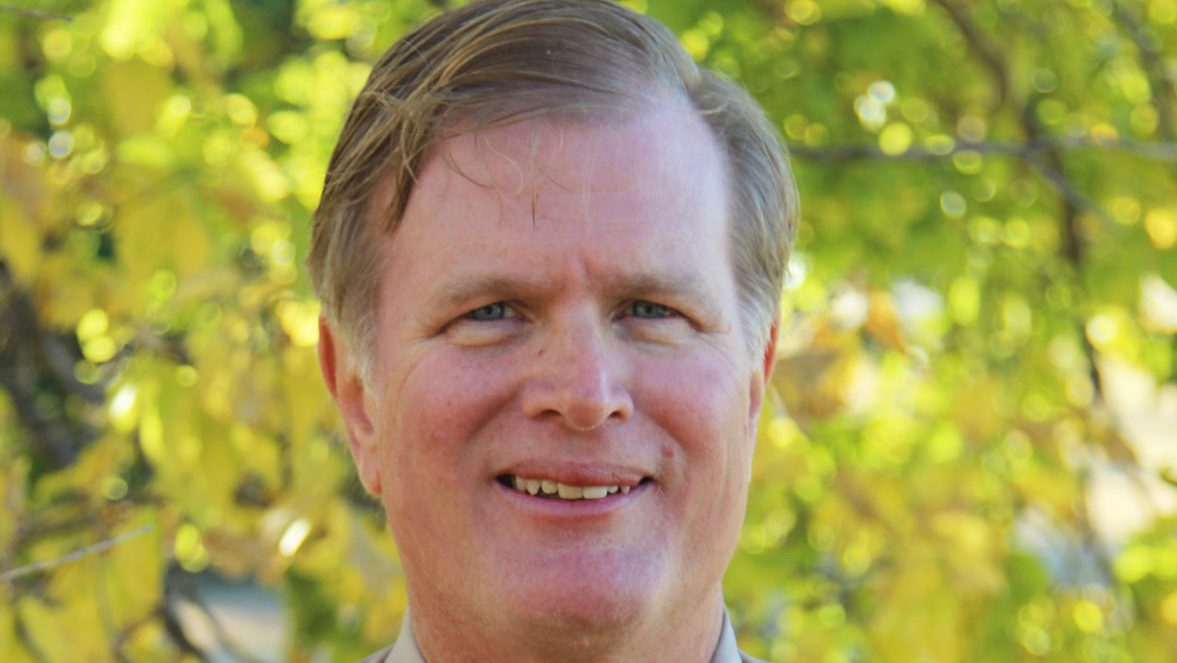At 2 a.m. Nov. 7, readers across High Plains Journal’s 12-state coverage area, will be cringing about the need to turn the clock back an hour as standard time means seeing sunshine earlier in the day with the tradeoff of the sun disappearing earlier in the evening.
Over the years the time change has become the subject of late-night jokes and occasional fodder for those seeking public office and others who advocate for keeping daylight saving time year-round.
In an anecdotal note, according to www.history.com, daylight saving time, was not intended to benefit farmers. “Contrary to popular belief, American farmers did not lobby for daylight saving to have more time to work in the fields; in fact, the agricultural industry was deeply opposed to the time switch when it was first implemented on March 31, 1918, as a wartime measure. The sun, not the clock, dictated farmers’ schedules, so daylight saving was very disruptive.”
Agrarian interests led the fight for the 1919 repeal of national daylight saving time, which passed after Congress voted to override President Woodrow Wilson’s veto, the website noted.
This of course was not the first time that the time change was used in a time of emergency. In January 1974, President Richard Nixon signed the Emergency Daylight Saving Time Energy Conservation Act that put the clocks ahead for an extended time from Jan. 6, 1974, and stayed in effect until Oct. 26, 1974, according to www.webexhibits.org. Congress amended the act in October 1974 and daylight saving time resumed on Feb 23, 1975, and ended on Oct. 26, 1975.
In 2005, the Energy Policy Act of 2005 set the stage where we are now that beginning in 2007 the daylight saving time begins at 2 a.m. the second Sunday of March and ends at 2 a.m. the first Sunday in November.
It also comes at a time for us in the High Plains regions during the deer-rutting season and the extra hour of daylight at night would hopefully provide motorists a sharper eye to watch for deer that will get onto rural roads and highways. Eastbound morning drivers and westbound evening drivers will need to be on extra guard because the angle of the sun can make it tough.
Attending a high school football game will mean colder nights for fans and players.
The time change has been as perplexing as its history and there are several advantages to this one.
Changing the battery on smoke detectors is always a good reminder in November (and in March). For one day people can get an extra hour of sleep and those who enjoy night-time revelry can stay up an extra hour.
Even if don’t like the change, we need to make best of it. For those looking to the time to “spring forward,” daylight saving time returns at 2 a.m. March 13. It won’t get here soon enough.
Dave Bergmeier can be reached at 620-227-1822 or [email protected].

